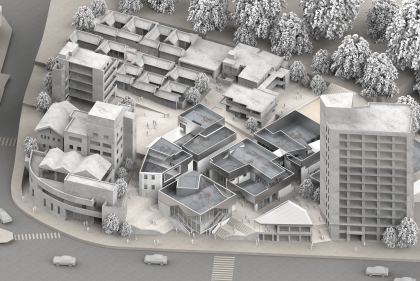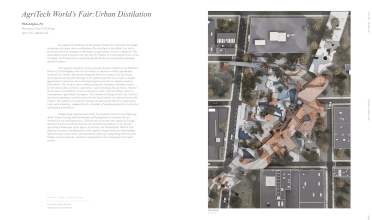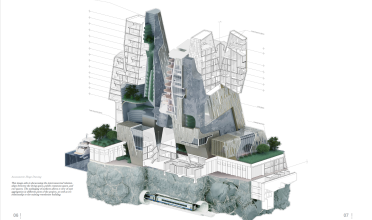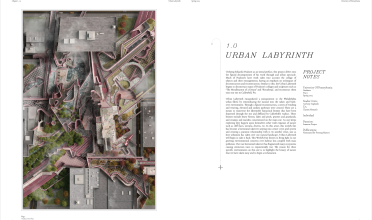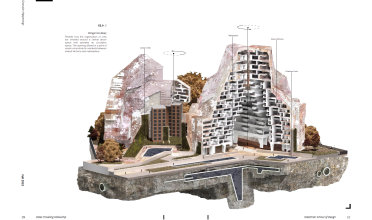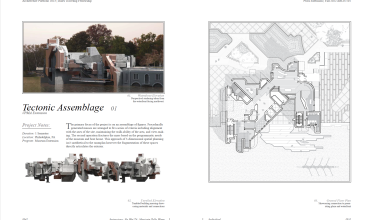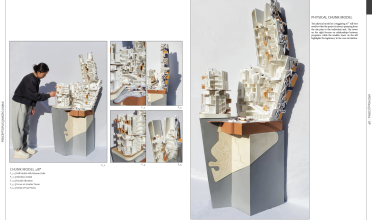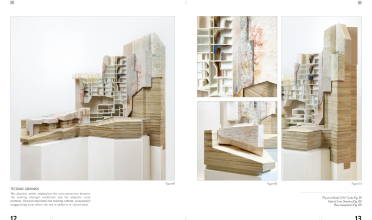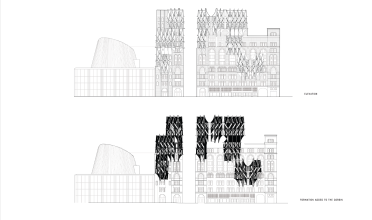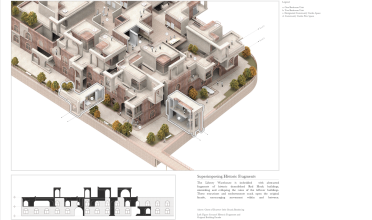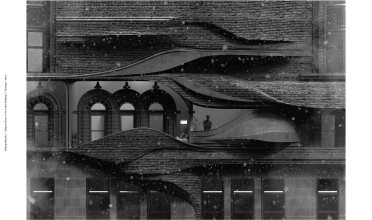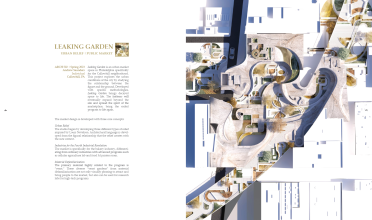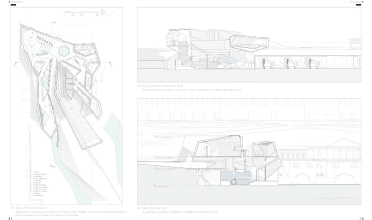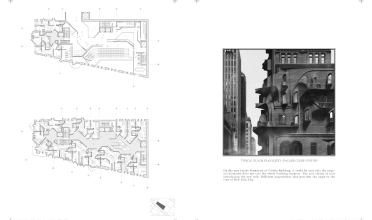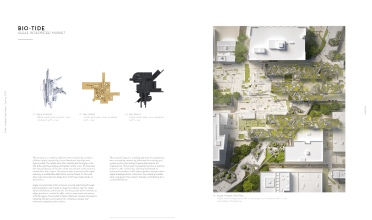The E. Lewis Dales Traveling Fellowships
The E. Lewis Dales Traveling Fellowships established under his will in 1963 for travel abroad during the summer prior to the student's final year as a candidate for the first professional degree in architecture. Competition for these awards is conducted by the Department of Architecture in January.
Students are selected for the Fellowships through an anonymous portfolio competition judged during the first week of the spring semester by a committee comprised of standing and core studio faculty. The Dales Fellowships enable the Department to encourage students to begin the documentation and presentation of their work, a process that is integral to the development of a design ethic and to interviewing for a job.
Jury Process
The Weitzman Architecture Faculty Jury (see list below) evaluated 69 anonymous portfolio submissions. They were asked to score each portfolio and submit short statements on what they valued while assessing each portfolio. The 2024 Dales Fellowships will be awarded to the highest scoring submissions.
Jurors' Comments
Is the design, or elements within it, innovative and novel? What sets the work of the student apart compared to others? Is the project driven by a clear methodology or commitment to a conceptual goal? How well is the design executed through the models/drawings? How well are the renderings representing the conceptual aspects of the design in aesthetics terms?
A successful portfolio should reflect the author’s personality as well and have an attitude. How does a portfolio compel its audience and keep it engaged throughout (layout, graphics, order, etc.)?
Does the student express an interest in the travel locations that tie into their academic trajectory?
Folios that both started and ended strong had greater impact.
I rewarded portfolios that combined digital work with well-documented model-making. I also rewarded projects that seemed to strive to find their own expression within the studio methodology, in turn creating something individual and distinctive.
Risky and courageous! Great to see someone take a chance and do their own work, form their own ideas.
I looked for portfolios which demonstrated students' range of skills and thinking through different mediums and project descriptions. Having a mix of photos, diagrams, drawings etc helped illustrate a larger thought process.
Socio-political and conceptual ideas were harder to grasp graphically as was survey information or precedent research. This information normally requires more writing and context to be conveyed accurately, yet the challenge of a portfolio is to condense this information into bite-size chunks that can register with the reviewer quickly.
As the student progressed through the curriculum, I looked for an integration of formal and programmatic ideas with tectonic issues mostly evident in section. In addition, I looked for appropriate scale: scale in relation to a human body in motion, scale as the basis for the proper articulation of space/form/materials, scale as it relates to program, context and site.
The context for this portfolio is slightly different to that of a job interview – we would like to assess how students have progressed through the first half of the program.
Material sense and joinery flows through all of work at all scales. Consistent, good.
Whether for admissions or job applications, we see hundreds if not thousands of portfolios. Therefore, make sure you put effort into the entire document. Consider the graphic design, typography, color, and content from cover to cover. Importantly, revise past drawings that don’t represent your competence now.
When operating at such a high bar, it is both the impression of the total package as well as the insights found in the details of each project that set work apart as exceptional.
I preferred those portfolios that showed an attitude about the experience of place, beyond what a rendering engine can produce. There were, of course, outliers and exceptions that simply caught my attention and intellectual curiosity.
Weitzman Architecture Department Faculty Jury
Mike Avery, Jonas Coersmeier, Scott Erdy, Annette Fierro, Richard Garber, Daniel Garcia, Nate Hume, Hina Jamelle, Simon Kim, Ferda Kolatan, Andrew Lucia, Daniel Markiewicz, Larry Mitnick, Ryan Palider, Eduardo Rega, Lane Rick, Andrew Saunders, Robert Stuart-Smith, Barry Wark
